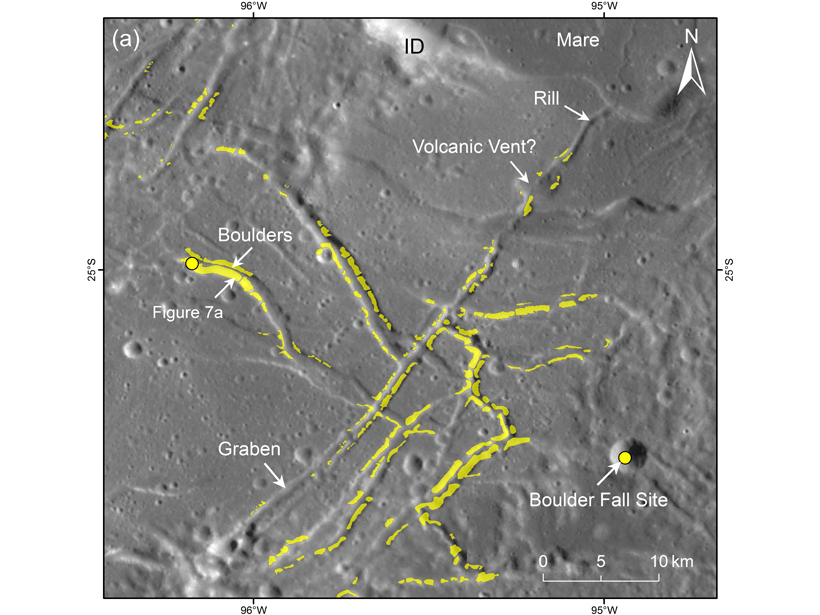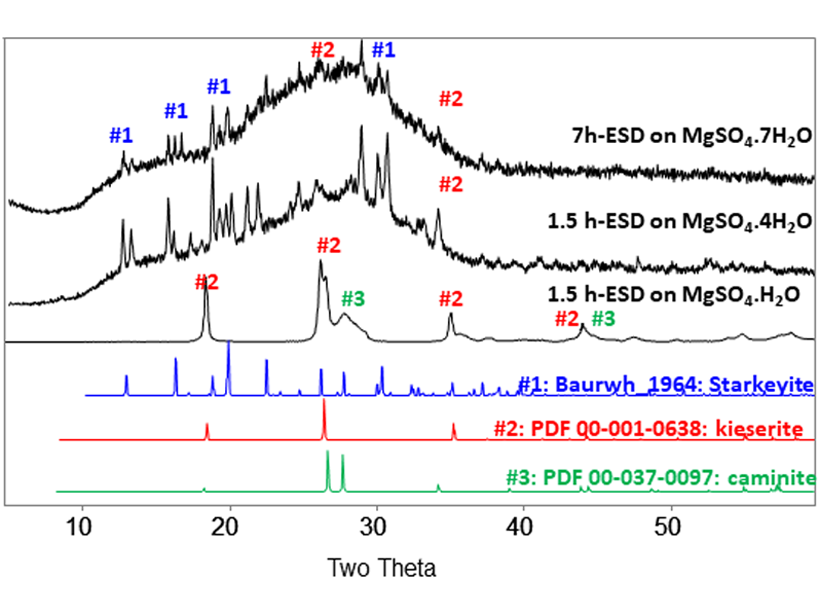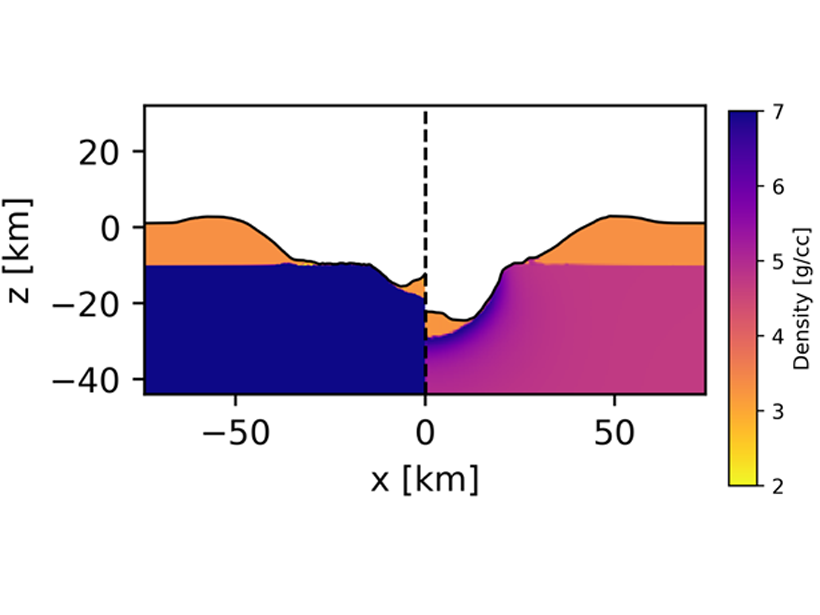Mapping boulder fields and boulder tracks highlights the seismic hazard still present on the Moon.
Journal of Geophysical Research: Planets
Decoding the Age of the Ice at Mars’s North Pole
Exposure to sunlight creates telltale patterns in the polar ice cap that change over time, potentially providing insight into the climatic history of the Red Planet.
A Fallen Rising Star
The last works of Marzieh (Mari) Foroutan, an early-career martian geologist who was lost to us in 2020, have now been completed and published in JGR: Planets.
Juno Maps Water Ice Across Northern Ganymede
Infrared observations from instruments on the Juno spacecraft cover regions of Ganymede not visible to Earth-based telescopes.
Martian Dust Activities Induce Electrochemistry
Amorphous materials generated from sulfur and chloride salts by electrostatic discharge in a Mars chamber suggest widespread electrical processes during dust activities.
What Happened When the Lithosphere of Venus Broke?
Although Venus does not have plate tectonics today, previous episodes of intense tectonic activity could have resulted in a distribution of crustal thickness and age resembling the plate we see today.
Predicting the Unique Shape of Craters on Asteroid (16) Psyche
Models link the variety of crater shapes expected on (16) Psyche with the interior structure of this unique asteroid, in preparation for the arrival of the Psyche probe in 2026.
Traces of Impacts on Warm Planetesimals Early in Solar System
Meteorite NWA 11004 contains evidence of melting preceding an impact dated to 4546±36 Ma. Short lived radioactive decay had already heated the parent body of this meteorite before the impact.
A Clearer Look at Lunar Surface Hydration
Independent ground-based observations of the Moon confirm prior spacecraft observations that hydration at the lunar surface varies with temperature.
Up Close with an Active Asteroid
A new journal special collection investigates the ejection of particles from the asteroid Bennu and the implications of these observations for asteroid science.










